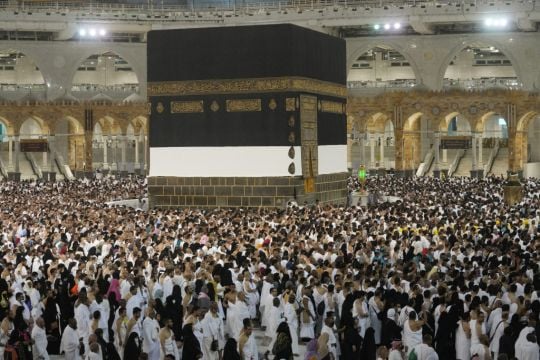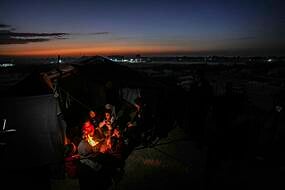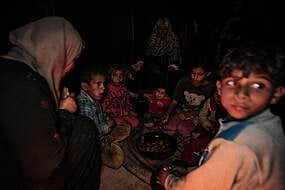One million pilgrims from around the world gathered in the holy city of Mecca in Saudi Arabia on Thursday to perform the initial rites of the hajj, marking the largest Islamic pilgrimage since the coronavirus pandemic curtailed the annual event.
The hajj is a once-in-a-lifetime duty for all Muslims physically and financially able to make the journey, which directs the faithful along a path taken by the Prophet Muhammad some 1,400 years ago.
Pilgrims spend five days carrying out a set of rituals intended to bring them closer to God. This includes praying around the cube-shaped Kaaba, the holiest shrine in Islam.

Thousands of unmasked pilgrims circled the Kaaba – at the centre of the Grand Mosque’s courtyard – on Thursday, although the crowds were visibly thinner than usual.
Pilgrims appeared to throw Covid-19 caution to the wind this year as they thronged the Grand Mosque — in sharp contrast to the social distancing and mask requirements of the past two years.
But there were still signs of vigilance, with the government banning the practice of worshippers fighting the crowds for a chance to touch and kiss the black stone on the Kaaba’s eastern corner for the third year running.

Saudi authorities also distributed bottles of water from the holy Zamzam well instead of allowing pilgrims to drink from cups at the mosque. Thousands of medical workers were on hand to assist those in need.
The hajj is open to just one million foreign and domestic pilgrims this year who have been fully vaccinated against coronavirus, tested negative for Covid-19 and are between 18 and 65-years-old. Authorities estimate 85% have arrived from abroad.
While this year’s attendance is far below the pre-pandemic influx of 2.5 million pilgrims, it represents a significant step closer to normal after the kingdom restricted the event to a small number of Muslim residents for the past two years.
The ritual was almost scrapped in its entirety in 2020, when as few as 1,000 residents were permitted to take part. Some 60,000 residents attended last year.

The unprecedented restrictions sent shockwaves through the Muslim world and devastated many believers, who often save up and wait for years to make the pilgrimage.
This year’s hajj showcases de facto ruler Crown Prince Mohammed bin Salman’s latest efforts to loosen social restrictions and transform the kingdom. Saudi Arabia officially began allowing women to perform the hajj without a male guardian, or “mahram”, last year.
With many more people applying to perform the hajj each year than the kingdom can accommodate, the Saudi government controls the flow of visitors through annual quotas based on each nation’s Muslim population.
The visa regulations have grown stricter after fatal incidents in recent years. In 2015, several thousand pilgrims were crushed to death in a stampede. This year, these quotas were sharply reduced.







